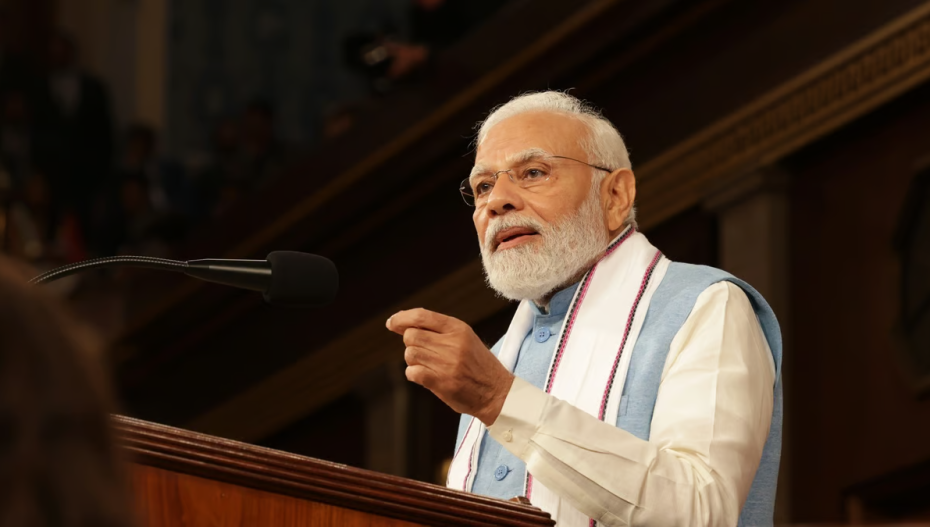Prime Minister Narendra Modi, buoyed by predictions of a third consecutive term win in the upcoming national elections, has unveiled an ambitious economic plan for India. According to a government document obtained by Reuters, Modi aims to nearly double the size of the economy and exports over the next decade.
Modi has often touted economic growth as one of his administration’s key achievements. He has assured voters that if re-elected, he will propel India’s economy from its current fifth place to become the third-largest globally.
The document reveals that Modi has instructed officials to finalise plans by May to expand the economy to $6.69 trillion by 2030, a significant leap from the current $3.51 trillion. However, the document does not provide specific details on how this economic expansion will be achieved.
Five years ago, at the start of his second term, Modi pledged to grow the economy to $5 trillion by the current fiscal year. However, due to disruptions caused by the COVID-19 pandemic, this target now seems unattainable.
Over the next six years, Modi aims to increase per capita income from approximately $2,500 to $4,418. The document does not specify the necessary spending or reforms required to achieve this goal.
Independent economist Saugata Bhattacharya has warned that doubling the economy by the end of the decade would be a “very difficult feat”, requiring a consistent growth rate of 6 to 6.5 per cent over the next seven years, coupled with an inflation rate of 4.5 per cent.
Despite these challenges, the Indian economy is expected to have grown by around 8 per cent in the last fiscal year, the fastest among major countries. This growth has been driven by robust manufacturing and construction activity, fueled by government spending.
However, Subhash Chandra Garg, a former senior finance ministry official, has criticised the government’s growth projections as being based on “backward arithmetical calculations” and lacking a concrete “reform and investment plan”.
The opposition Congress party has argued that India’s economic growth under Modi has done little to create jobs or alleviate rural distress and has instead widened the disparity between the rich and the poor.
The government document also outlines plans to increase exports of goods and services to $1.58 trillion by 2030, up from the current $700 billion. This could potentially double India’s share in global trade to more than 4 per cent.
The government intends to focus on 70 areas of improvement, including workforce skills and vocational training. It aims to increase the literacy rate to 82 per cent by 2030, reduce unemployment to less than 5 per cent and increase labour force participation to over 50 per cent.
Modi has stated in rallies that he needs to remain in power to implement measures that will transition India to a developed economy by 2047, the 100th year of Independence. However, he has not specified what these measures will be.
Opinion polls predict a significant win for Modi in the elections starting on April 19, with vote counting on June 4. A coalition led by Modi’s BJP could secure nearly three-fourths of parliamentary seats, while the Congress party could hit a record low.
If successful, Modi would be the first person since Prime Minister Jawaharlal Nehru to win three consecutive terms.
Also Read: Congress MP Accused of Sexist Remarks, BJP Responds













